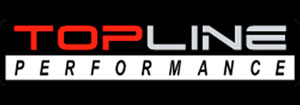The pattern of the fixing points caters to full range of M&E service elements, according to size and purpose: some are attached to unistrut, some are on frames or drop rods, and some are fixed directly to the soffit.
, Head of Sustainability and Building Physics.Learn more about our approach to sustainable design.Click the 'play button' to listen in, or read.

key takeaway article on the benefits of Reference Design below..Defining Reference Design.What is a Reference Design and why use one?.

Many major clients have national or global rollouts that are happening at a rapid pace.. Often these clients have to procure a bespoke design for every site, introducing unnecessary design cycles and complexity that adds cost and time to construction projects and ongoing operations..Yet, from our experience, these clients have a very well-informed view on how their asset needs to perform and the layouts and designs that deliver their operational outcomes.

This knowledge and understanding lends itself to a repeatable solution that can comprise c.80% of the asset.. We call this a ‘Reference Design’: a highly optimised, site agnostic ‘core design’ for a portfolio client.
Typically, a Reference Design will contain a number of repeated elements at varying scales (from key equipment to whole assets) that can be configured in a number of different ways (with more or less flexibility in how these are arranged depending on the asset type).. For some assets, the Reference Design can become the fixed design.This will enable people to plan, take advantage of opportunities, and evolve.
When things are backed up from the client side, the supply chain can have confidence in evolving their approach and the departments will have confidence procuring this way as well.We’ll find that small steps make a significant difference.
It won’t take long..The Supply Chain and SMEs.
